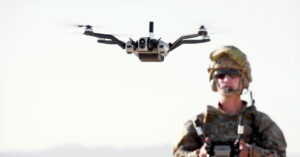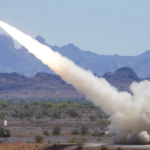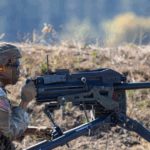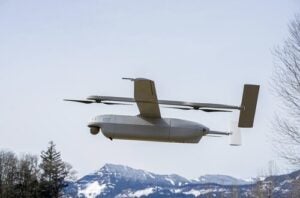
Red Cat Holdings [RCAT] has said it’s expecting a low-rate production order “very soon” for the Army’s Short Range Reconnaissance (SRR) small drone program, noting the service’s plan for a “significant” fielding ramp up next fiscal year. Jeff Thompson, CEO of Red Cat, told Defense Daily the forthcoming order for its Black Widow small UAS is expected to be followed by a full-rate production award in early FY ‘26 that could total around $220 million to support scaling up the…

 By
By 











